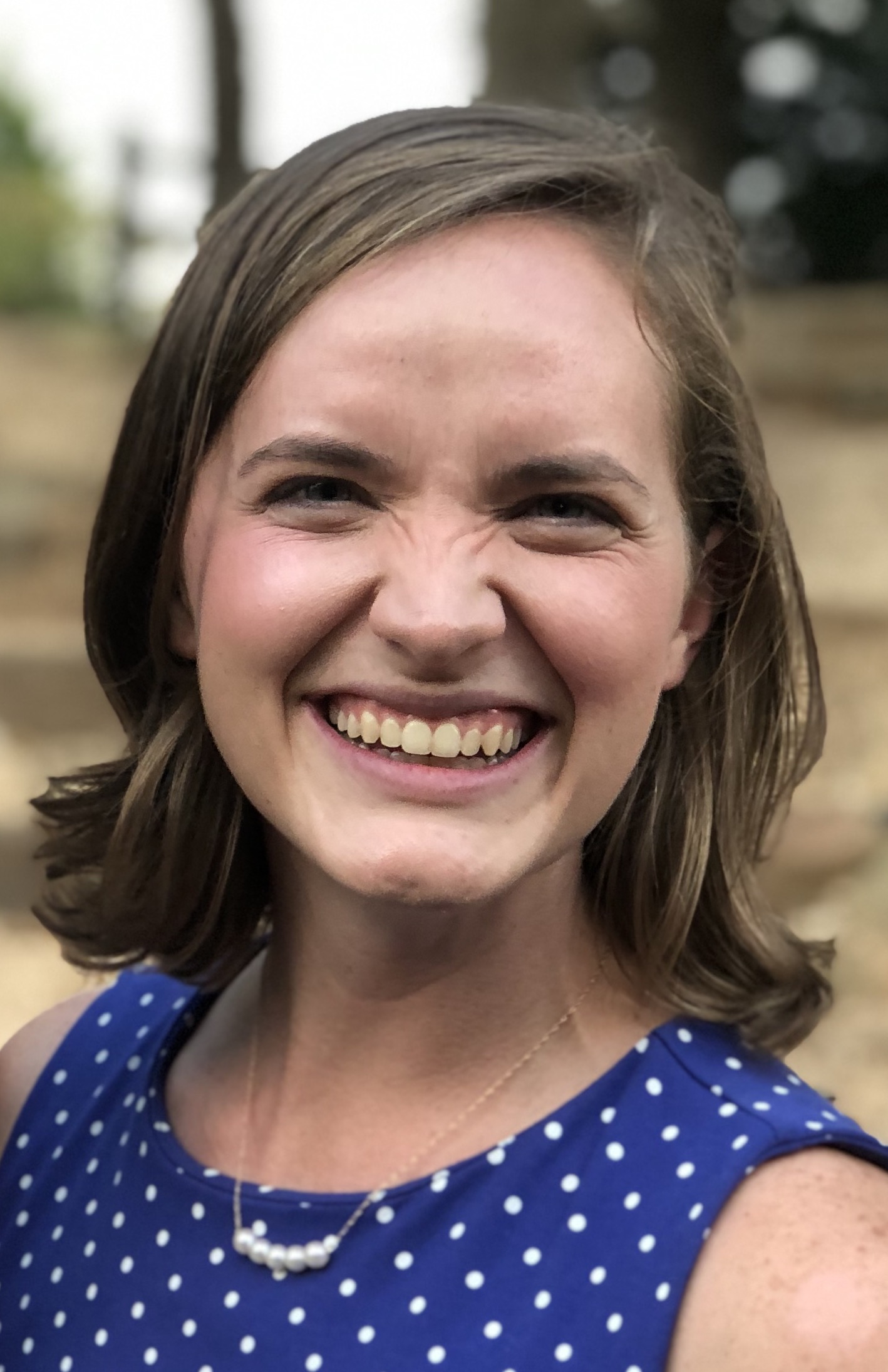Written by Katie Young, Ph.D.
 When I was in preschool, I was sent home with a teacher report labeling me as a “happy, busy, and curious” student. While that combination of words seems to describe a handful of a four-year-old, I would say the phrase still does an excellent job of capturing my personality and the drive which propelled me into the field of biomedical engineering (BME). As a senior in high school considering different undergraduate majors, I stumbled across a university webpage describing their BME department. I was enthralled – “Math plus science plus problem solving plus helping other people!? Sign me up!” The field is multidisciplinary by nature, using an engineering mindset and toolbelt to solve biological problems and create solutions to help improve human health and healthcare. Through formative experiences and guiding mentors during my time as an undergraduate at the University of Texas at Austin, a graduate student in a joint program at Georgia Tech and Emory University, and now as a postdoc in the Vanderbilt BME department in the lab of Cynthia Reinhart-King, I can proudly add “mechanobiologist” to my “happy, busy, curious” list.
When I was in preschool, I was sent home with a teacher report labeling me as a “happy, busy, and curious” student. While that combination of words seems to describe a handful of a four-year-old, I would say the phrase still does an excellent job of capturing my personality and the drive which propelled me into the field of biomedical engineering (BME). As a senior in high school considering different undergraduate majors, I stumbled across a university webpage describing their BME department. I was enthralled – “Math plus science plus problem solving plus helping other people!? Sign me up!” The field is multidisciplinary by nature, using an engineering mindset and toolbelt to solve biological problems and create solutions to help improve human health and healthcare. Through formative experiences and guiding mentors during my time as an undergraduate at the University of Texas at Austin, a graduate student in a joint program at Georgia Tech and Emory University, and now as a postdoc in the Vanderbilt BME department in the lab of Cynthia Reinhart-King, I can proudly add “mechanobiologist” to my “happy, busy, curious” list.
While it makes sense to most people that the mechanical properties of materials, such as how stiff or soft something is, is important for tasks like construction, product design, and even baking (another love of mine), some people don’t realize how important the mechanical properties of cells and their surrounding tissues are. Cell and tissue stiffness can be used as a biomarker for many healthy and disease states and plays an important role in several biological processes, such as wound healing, stem cell differentiation, immune function, tissue development, cell death processes, and cancer. Interestingly, while the extracellular matrix in a tumor often stiffens during disease progression, cancer cells themselves usually become softer, allowing them to squeeze out of their primary tumors and spread throughout the body, or metastasize. Previous studies of cell stiffness have been limited to observing cell mechanics as an effect of rather than as a potential driving force of metastasis. To test this question of causality, I am using a microfluidic device to sort cells by their stiffness, creating subpopulations of soft and stiff cells that I will use to study the role of cell mechanics in each of the steps of the metastatic cascade in a mouse breast cancer model. If we could establish a causal link between cell stiffness and metastatic potential, the direct modulation of cell mechanics could constitute a therapeutic strategy to slow or stop the metastatic spread of cancer cells.
Being a postdoc in the Reinhart-King lab has given me the opportunity to test these new scientific hypotheses and learn new skills that I will need to one day set up my own research lab studying the role mechanics play in the metastatic spread of cancer. This season of further training has also allowed me to continue to develop and teach curriculum I wrote during my time in graduate school about a topic I am also passionate about – cancer racial health disparities. Systemic racism has resulted in differences in healthcare access, lived environments, diet, and stress levels between different racial and ethnic groups which has led to a direct effect on cancer incidence and morbidity. I have developed a workshop series to help others incorporate the lens of health disparities into their work and daily lives and I am working with the Vanderbilt Center for Teaching to grow this content into a full course before I enter the faculty job market. Everything about my time as a postdoc here at Vanderbilt has gotten me really excited about being a professor who promotes equity and creates an inclusive lab and classroom environment for students from all backgrounds.
When I am not staying happy, busy, and curious in lab and in the classroom, I have had the absolute joy of getting to know and mentor students in Vanderbilt’s Next Steps program for students with intellectual disabilities through the international Christian organization, Young Life. I also love biking, baking, books and Broadway musicals! This summer I will be spending a week riding my bike across the state of Iowa, probably singing show tunes across most of the state.